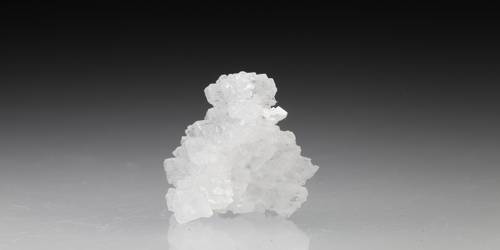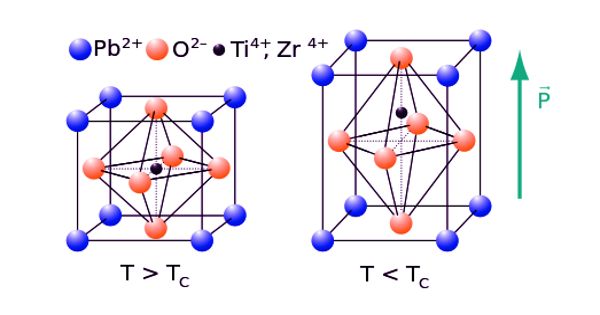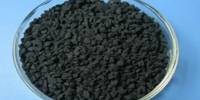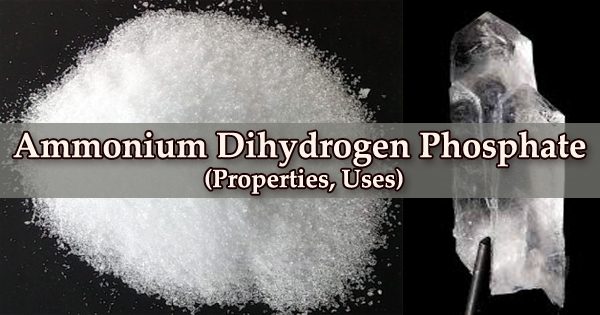Antarcticite is an uncommon calcium chloride hexahydrate mineral with formula: CaCl2·6H2O. It forms colorless acicular trigonal crystals. It is an uncommon calcium chloride hexahydrate mineral. It is hygroscopic and has a low specific gravity of 1.715. It is not Radioactive.
As its name implies, it was first described in 1965 for an occurrence in Antarctica where it occurs as a crystalline precipitate from a highly saline brine in Don Juan Pond, in the west end of Wright Valley, Victoria Land. This discovery was made by Japanese geochemists Tetsuya Torii and Joyo Osaka.
General Information
- Category: Halide mineral
- Formula: CaCl26H2O
- Crystal system: Trigonal
- Crystal class: Trapezohedral (32).
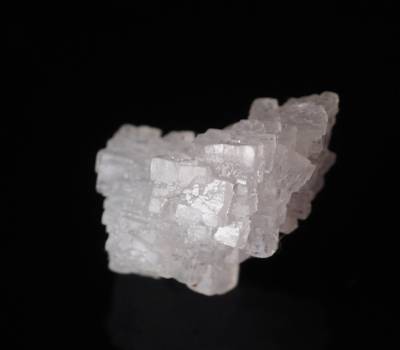
Properties
Antarcticite can be identified in the field by its colorless structure. Its transparent form has {0001} perfect, {1010} very good cleavage. This mineral has a vitreous luster, with the white streak. The fracture of this mineral is brittle. The density of antarcticite is 1.705 – 1.725 g/cm3, with a hardness of 2-3 – between gypsum and calcite.
- Color: Colorless
- Crystal habit: Occurs as groups of acicular crystals
- Tenacity: Brittle
- Mohs scale hardness: 2 – 3
- Luster: Vitreous
- Diaphaneity: Transparent
- Specific gravity: 1.715
A similar mineral, sinjarite the dihydrate of calcium chloride, crystallizes in the tetragonal system. Hydrophilite is a now discredited calcium chloride mineral that is considered to be either antarcticite or sinjarite.
Occurrence and Usefulness
Antarcticite occurs in a precipitate from highly saline brines under very arid conditions, and in stratified fresh to brackish salt water columns in onshore blue holes. It is also an abundant component of inclusions in quartz in a zoned mafic pegmatoid. It is often associated with minerals such as halite, gypsum, and celestine.
It was also reported from brine in Bristol Dry Lake, California, and stratified brine within blue holes on North Andros Island in the Bahamas.
Information Source;
